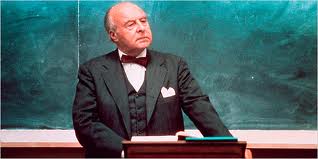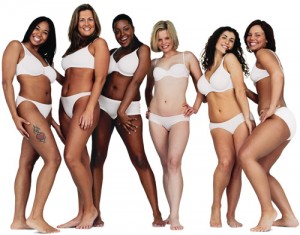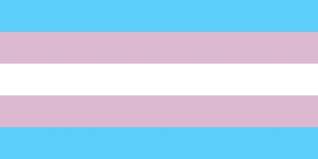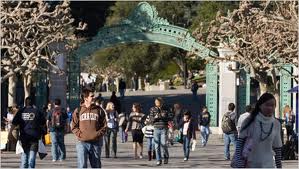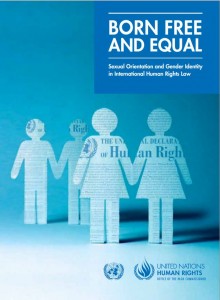Although about the half the total U.S. population is married and the numbers continue to drop, Gallup today reported that only 5% say that they never ever, ever, ever want to tie the knot.  About 20% are out there hunting, and the rest are divorced or just disillusioned
About 20% are out there hunting, and the rest are divorced or just disillusioned
These results are based on a June 20-24 Gallup poll, which reports thus: It is not known whether the percentage who don’t want to marry was lower in previous years or decades. But 5% is a low absolute percentage, regardless of what it was in the past.
“Attitudes about marriage are important in the context of a declining marriage rate in the U.S. The Census Bureau reports that the rate of marriage is down, from 9.9 marriages per 1,000 Americans in 1987 to 6.8 in 2011. In addition, researchers at the University of Maryland found that the marriage rate per 1,000 unmarried women fell from 90 in 1950, at the height of the baby boom, to just 31 in 2011.
“There is significant variation across age groups in the four marriage categories, mainly driven by the increase in the “married” or “previously married” percentage as age increases. Nine percent of Americans aged 18 to 34 are unmarried and express no interest in marrying, but 56% of this group is unmarried and does want to get married. This high level of interest in marriage suggests there is little widespread attitudinal aversion to first-time marriage among the nation’s younger unmarried residents.
“Nonwhites in the 18- to 34-year-old age group are significantly less likely than whites of the same age to be married. But 61% of the never-married younger nonwhites want to get married, meaning that 81% of this group is married or wants to be, only slightly lower than the 87% of young whites who are in these two categories. Continue reading “Many ambivalent about marriage”
